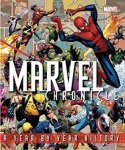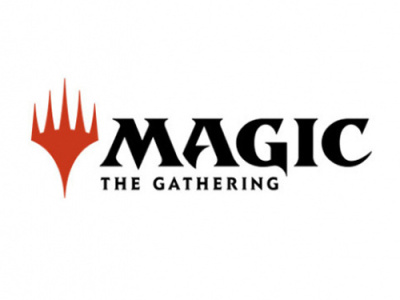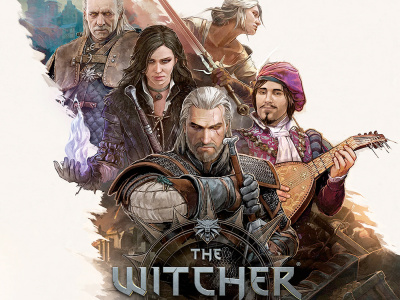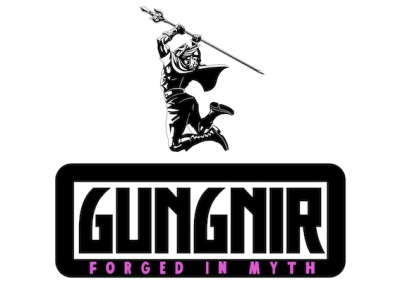
DK Publishing, which had the number one holiday book about comics in 2006 with its Marvel Encyclopedia, may have done it again with the recently published Marvel Chronicle ($50), a year-by-year history of Marvel Comics. Starting with Timely Publications in 1939, which published Marvel Comics #1 that introduced the Human Torch and the Sub-Mariner (the first of Marvel’s hyphenated heroes), DK’s Marvel Chronicle traces the genesis of the modern Marvel through its earlier incarnations as Timely and Atlas (the Timely books were often referred to a “Atlas Comics” because in the 1950s they carried the logo of Timely founder Martin Goodman’s Atlas Distribution Co.).
DK’s Marvel Chronicle is a truly deluxe production with elaborate packaging that fairly screams “high perceived value.” The full color 352-page hardcover volume features a die cut “M-”shaped cover and comes in a deluxe full color box that includes a pouch with two prints of the wrap-around cover art by Jim Cheung, one in color, and one in black-and-white. Authors Tom DeFalco, Peter Sanderson and Tom Brevoort really know their stuff and the chronological approach superbly contextualizes the development of the mighty Marvel publishing machine and makes the history of the company and the development of its huge roster of superheroes very accessible and easy to understand.
The year-by-year format allows the reader to appreciate how quickly trends changed in the yeasty early days of the comic book medium. Captain America went from selling nearly a million copies an issue in the early 1940s to an ignominious end in 1949 with issues #75, which was called Captain America’s Weird Tales but didn’t include Cap on either the cover or in any of the interior stories. It is fascinating to see the number of genres that Timely exploited in the 1940s and 50s--crime comics, western comics, sports comics, romance comics, war comics, historical comics, talking-animal comics, to name some of the most prominent. Goodman was more interested in jumping on trends than in innovating, which explains some of the extremely derivative comics he published in the 1950s including Dippy Duck, Marvin Mouse, and Homer the Happy Ghost.
Fortunately in 1961 when Goodman instructed Stan Lee to create a superhero team to compete with DC’s Justice League, he left it to Lee to come up with the heroes. Rather than just resurrect 1940s characters (though he did exhume the Human Torch, Captain America and Sub-Mariner), Lee and his collaborators Jack Kirby and Steve Ditko created a host of new more contemporary characters--“superheroes with hang-ups”--and the modern Marvel Universe was born. The history of these colorful characters is told with clarity and dispatch in DK’s Marvel Chronicles using a great mixture of interior art and covers.







